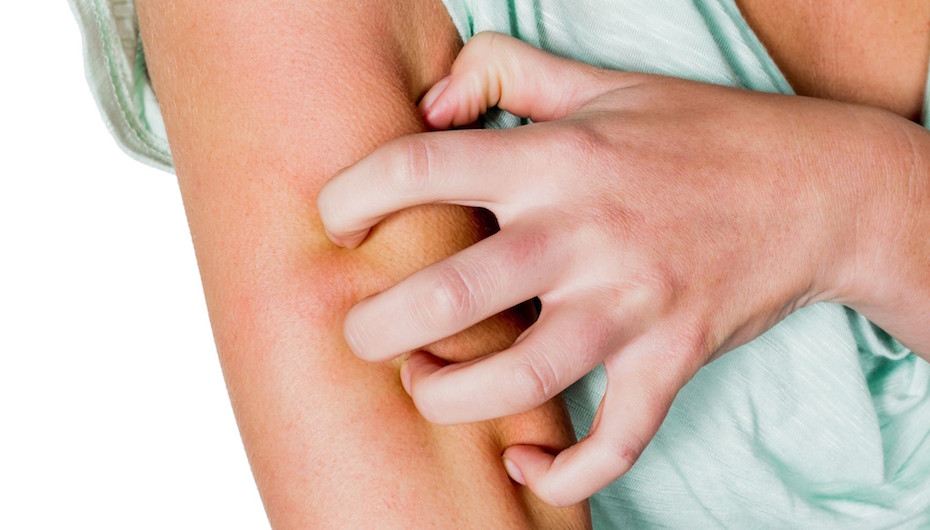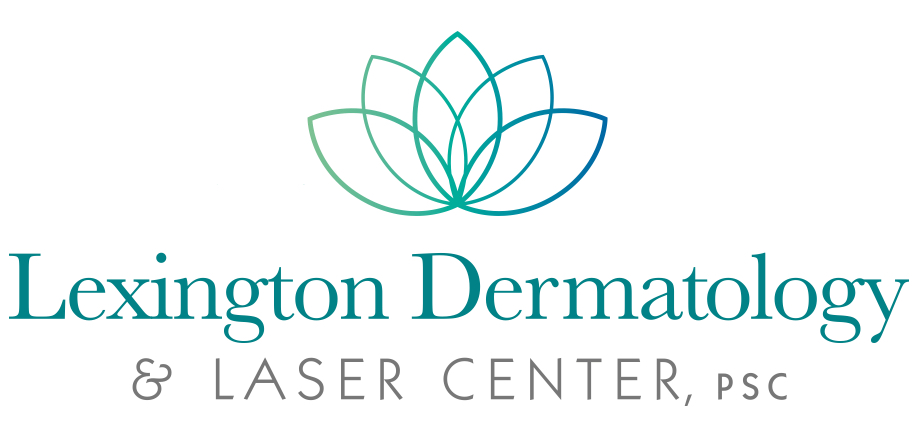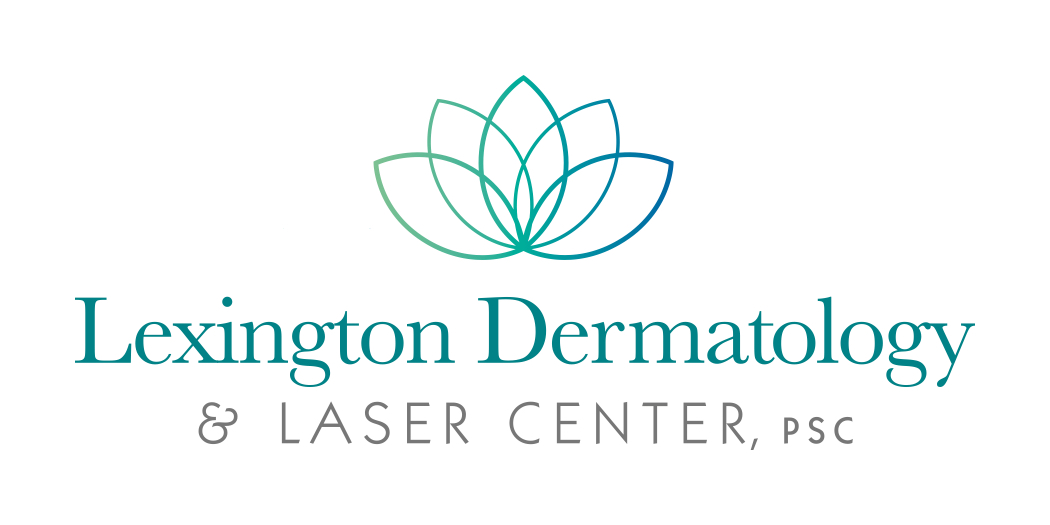
31 May Things You Need to Know about Poison Ivy
Poison ivy is by no means a medical emergency but when you have it , it FEELS like a medical emergency. The misery of round the clock itching, burning, and stinging tends to put folks in desperation mode and they will try almost anything to get relief. To minimize the maddening effects of poison ivy and help to avoid it altogether, there are some things you should know about this often misunderstood skin condition.
First, it is not contagious. Poison Ivy is an allergic reaction to the oily substance in the plant called urushiol. The skin rash is most often delayed, as it appears 2 to 5 days after exposure to the plant. This means that you cannot spread poison ivy by contact with the fluid from one of the blisters. However, the urushiol substance can stick to clothing and tools that have touched the plant. If you touch these items, the skin can be re-exposed the oil and start the process over again. Even pets can pick up the poison ivy resin and “re-infect’ their owners. For these reasons, everything needs to be washed with soap and water after any potential outdoor exposure.
Some people think they can only get poison ivy in the warmer months, but it is actually a problem year round. The chemical in poison ivy which causes all the trouble stays active long after the plant dies. In the winter, a dead plant that has shriveled in to mulch can be a problem for hunters, campers, and nature enthusiasts, so if you are outdoors just assume that there is potential for exposure year round and try to wash thoroughly after outdoor activities.
There are misconceptions about treatment as well. A lot of people will try a variety of home remedies or over the counter products containing diphenhydramine, otherwise known as Benadryl. Topical products such as Benadryl cream or Caladryl can actually make poison ivy worse. Benadryl by mouth on the other hand can help with the itch. Lanacaine or products containing benzocaine can stir up trouble as well if applied topically to the skin.
If the rash is localized to a small area, over the counter hydrocortisone can be helpful, plus or minus the Benadryl by mouth. If however, the poison ivy rash is more wide spread, you may need to see a doctor. Stronger topical steroid creams can be used and in severe cases, the steroids can be given in the form of pills taken by mouth or via an injection for faster relief. It is best to see a physician if the rash involves several areas of your body or if it is on your eyelids or face.
The itching can be so intense that a person cannot help but scratch. Infection can be a problem though once the blisters have opened. If lesions are crusted or there is fever, or there are other signs of infection, medical attention is needed.
Finally just being aware of the potential exposures can help to prevent it. You can google photos showing the classic “leaves of three” so that you have a mental image of what the plant looks like. It is not always obvious though, because the plant is often mixed in with other vegetation. So when you are outdoors , it is best to assume that you may have come in contact with the plant and thoroughly wash your skin with soap and water. Then make sure that your clothing and other items such as gloves and all your gear have been washed to prevent inadvertent exposure.
So enjoy the outdoors but remember to be on the lookout for this stuff. If you do get the rash, try to follow these simple guidelines to minimize the problem.
Deborah K Phillips MD, FAAD
Lexington Dermatology & Laser Center, PSC



Sorry, the comment form is closed at this time.